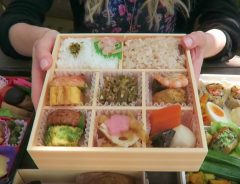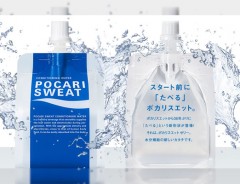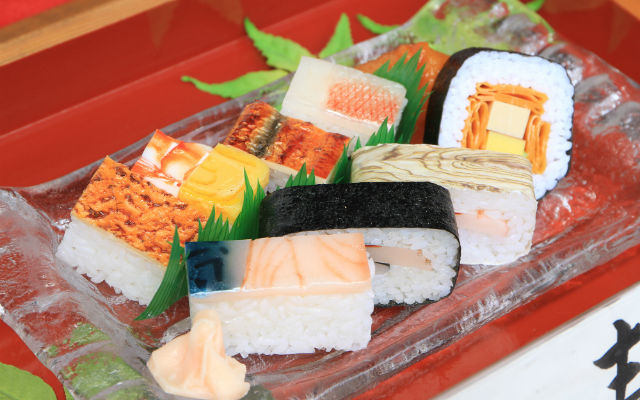- Source:
- Fake Food, Real Art: Crafting Display Delicacies / The art of cooking fake food / @foodsampleshop
- Tags:
- Cool / Crafts / Fake Food / Food Samples / Great Big Story / Gujo Hachiman / Instagram / Japan / Kappabashi / Plastic / Ramen / Samples / Sushi / YouTube
Related Article
-

Japanese otaku share their stylish transformation photos on Twitter
-

Treat Yourself To A Rooftop Lunch While Savoring Isetan’s Bento Boxes Packed With Japanese Delicacies[PR]
-

Unfinished wool felt cat doll haunts Japanese Twitter user
-

“Eat” Hydration With Pocari Sweat’s New Jelly Incarnation
-

Elegant sakura Japanese sake cups bloom into colorful cherry blossoms with chilled sake
-

Japanese Poll Ranks 10 Ugliest Pokemon



If you've ever visited Japan without a grasp of the language, you've likely had a dining experience or two saved by the incredibly realistic food samples that line the windows of many shops around the country. Behind the convenience of visually aiding a menu, artificial food samples in Japan have somewhat of a cultural significance. Japanese culinary culture has long put a strong preference on harmonizing great taste with beautiful aesthetics, so many seem to believe that the popularity of food samples is tied to a sense of relief and assurance that Japanese people get from first sampling the food with their eyes. In the video below, the Great Big Story takes a fascinating look at the history of century-old handmade craftsmanship that results in extremely realistic and delicious-looking food samples made in Gunjo. practically food sample headquarters.
Given the level of craftsmanship and time spent creating them, some of these food samples can cost hundreds of dollars. This tends to make many of them one-time purchases for shops, meaning that the food sample industry can sometimes be viewed as being on the ropes. Fortunately, what has become to be known as an art form is supported by the popularity of food samples as souvenirs. Realistic food sample-themed DIY kits, smartphone cases, bookmarks, as well as wearable accessories are all popular and even seen as "cute". Food sample companies even hold competitions to crown the most creative food sculptures.
If you take a trip to Kappabashi in Tokyo, you can visit many fake food sample shops, take tours, buy souvenirs, and even try your hand at making your own.
Here are just a few examples of how realistic, cute, and (most importantly) delicious Japanese food samples can turn out!